Tactical Ventilation – Roof Operations
Opening the Roof
We have discussed in depth the physics associated with ventilation; Flow path, heat transfer, air exchange, uniflow and bidirectional flows. All the stuff we need to know but has very little to do with actually “opening” a structure up! So, in this segment we are going to talk about why we open the roof.
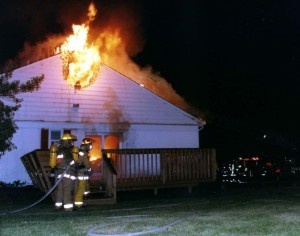
Dwelling Fire – Aberdeen Maryland (1980’s/early 1990’s)
Photo Courtesy: John Gallagher, Firefightertoolbox.com
When should we decide to open the roof? That decision should be made while you are sitting around the firehouse talking about fires. In other words, you plan and prepare to open every roof.
The items that dictate actually putting yourself on the roof and cutting a decent hole are:
• Color and force of smoke conditions issuing from the structure
• Available personnel (experienced and trained)
• Roof condition (is it solid and not exposed to fire conditions for a period of time)
• Is it timely? (am I getting this done to help the interior crews?)
There have been many in our business that have advocated that opening a roof has very little risk/benefit. I for one must disagree. When done in a timely, coordinated and effective manner it is an invaluable tactic to not only assist the attack and search crews, but also to control the speed and spread of the fire growth.
The one law of physics that the “experts” haven’t been able to change is that heat rises. It rises until it meets an object, then moves sideways until it finds another way up. This can’t be explained any more plainly. If we are able to make an effective sized opening in the top of the structure, it removes a tremendous amount of heat from the interior.
What about the hole?
The location and size of the opening are dependent on several things:
1.Where in the structure is the bulk of the heat? We determine this by reading the smoke, seeing the fire vented, looking at the roof material for signs of heat and our experience.
2.My experience taught me that the larger the hole the better. That said, how much time do we have, how much reach do you have and how much help do you have all dictate size. My partner and I learned to cut in segments. Make an inspection quick cut first, then extend that cut to 4X4. Your partner and you get that open first. Then start extending your opening based on conditions once you punch the ceiling. The smaller segments that you take the easier it is to open.
3.Once you are comfortable with the effectiveness of your opening, or conditions force you off get the hell off the roof! We don’t need to admire our work until it is too late!
I hope you begin to see how all this Tactical Vent information fits together. It is imperative that we understand that the effectiveness of our attack is predicated on the coordination of the attack, search and ventilation aspects of offensive firefighting.
Tell me in the comments below: how do you currently handle rooftop ops? Do you even open the roof? When in the course of the attack does this get done?
Until next time brothers and sisters be safe, keep learning and protect each other!

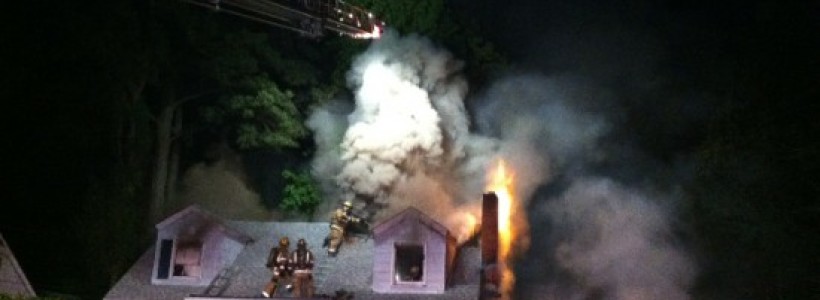
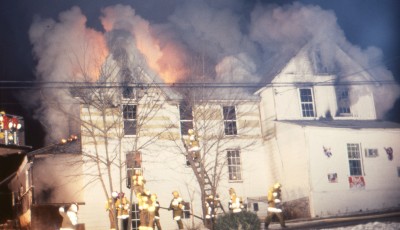
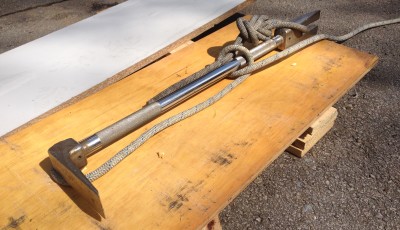

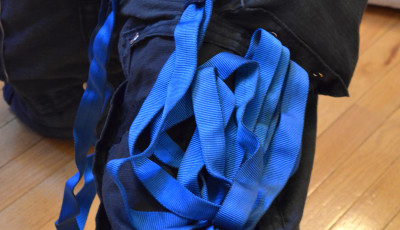
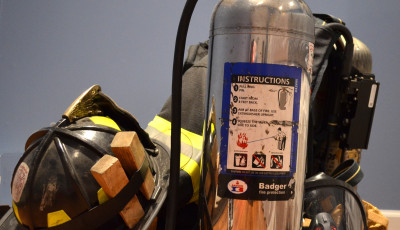
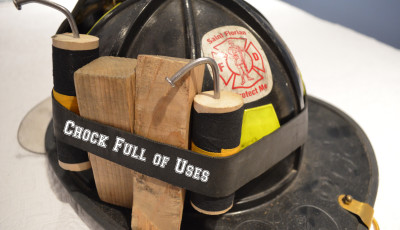




I am a19 yr. Firefighter w/Chicago Fire Dept. I have spent 15 of those years as the driver/roof operator. It has always been our mind set is to begin ventilation if the Engine is making an interior attack. A successful outcome depends on the location of the hole and wind direction. There are many variables depending on the size of the structure.
Thanks Dale,
You are absolutely correct. There are many variables associated with vertical ventilation options. I believe that in order for vertical vent to be effective it must be accomplished very early in the incident while the attack line is being advanced. My experience has been if vertical ventilation is a later thought or priority the effectiveness and danger are affected.
Stay safe my brother.